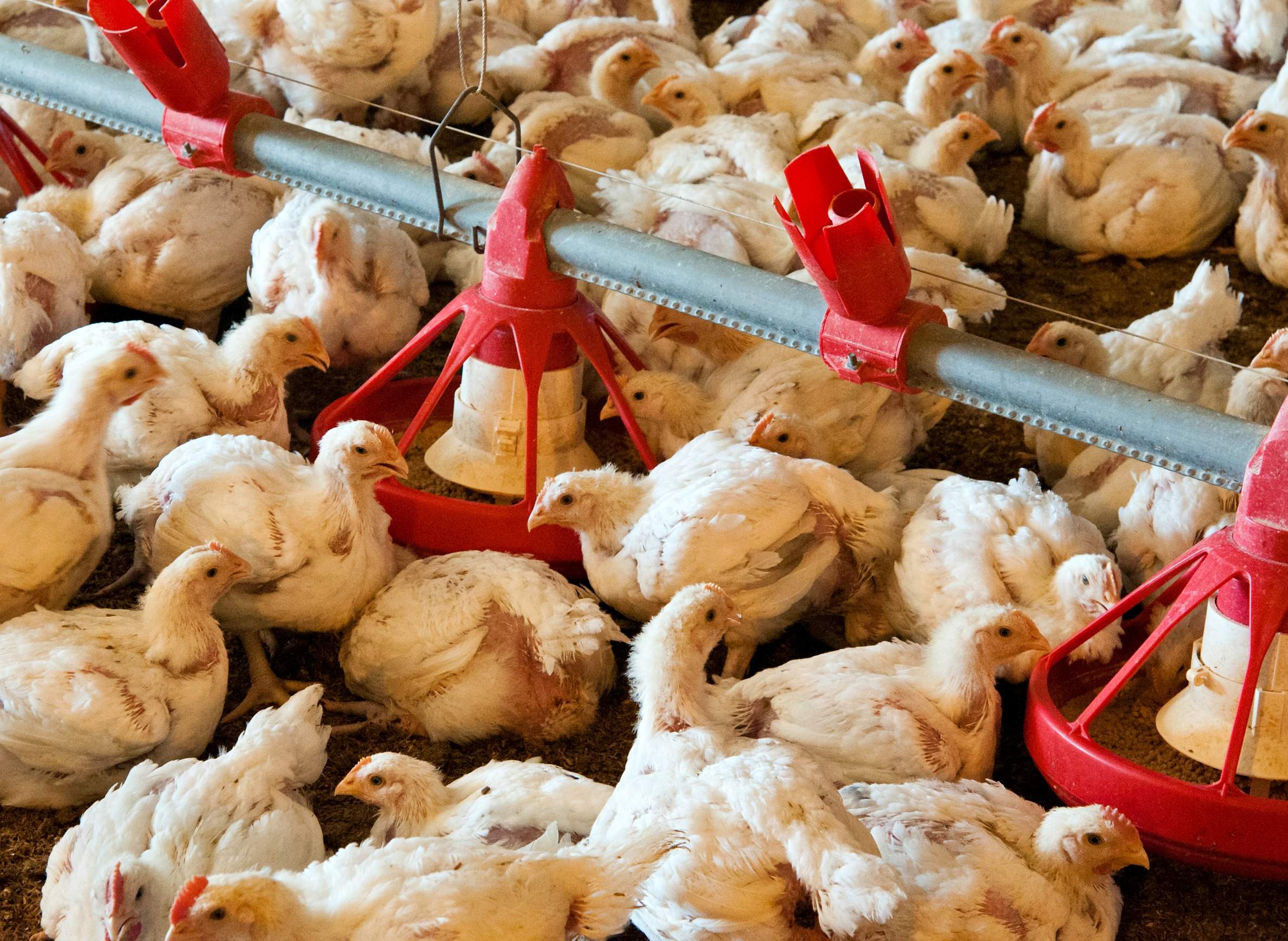
Officials Cite 'Stepped Up' Biosecurity In Limiting Avian Influenza Among Poultry
Wisconsin lost around 10 percent of its egg laying hens in 2015, a portion of the nearly two million chickens, turkeys and other commercial poultry stock euthanized in the state during an outbreak of the highly pathogenic H5N2 avian influenza virus that devastated the poultry industry across the Upper Midwest that year. While a handful of isolated cases made headlines in early 2017, the threat they posed was mitigated by lessons learned from the 2015 outbreak, according to University of Wisconsin-Extension poultry specialist Ron Kean.
"We had never faced a situation like this before, so there was a steep learning curve," Kean said about the 2015 outbreak. "I think there is some evidence that the quick response helped end the outbreak more quickly than what might have happened. Subsequent outbreaks in other states have no doubt learned from this response, and — fingers crossed — these have been fairly isolated incidences."
Wild birds
The case of avian flu that infected a Barron County turkey flock in March 2017 was a low pathogenic H5N2 strain commonly found in wild birds, said Paul McGraw, state veterinarian with the Wisconsin Department of Agriculture, Trade and Consumer Protection. Diseases like avian influenza are generally passed to domestic birds by their wild counterparts, although the virus also transferred between flocks during the 2015 outbreak, particularly in states like Iowa and Minnesota with a higher density of poultry farms than Wisconsin.
Keeping domestic stock isolated from wild birds and their droppings is the means of prevention favored by the poultry industry, said Kean, although outdoor production methods like free-range or yarding can make this tactic difficult. Even at indoor facilities, workers and equipment may transmit pathogens from wild birds or other facilities that can infect an otherwise isolated flock.
Biosecurity
Following the 2015 outbreak, commercial poultry flocks were required to implement a biosecurity plan in order to have future losses from depopulation covered by the U.S. Department of Agriculture. With indemnity on the line, McGraw said the poultry industry has worked with the USDA to improve surveillance and testing practices. In Wisconsin, officials adapted an instant command system, previously used to depopulate smaller operations like deer farms, to improve response times.
"The… turkey flock that tested positive in Wisconsin was detected just from routine surveillance before there were even any sick birds," McGraw said. "We were able to get in there and get that flock depopulated before they were shedding a lot of virus around."
Other changes, Kean explained, included poultry farm perimeter fencing and tire washes for vehicles on their premises. A biosecurity protocol known as the Danish entry system implemented by some farms outlines a "clean" area where the birds are kept, and an outside "dirty" area. Any objects crossing this boundary must be cleaned and disinfected, with workers required to change clothing and shoes, and wash their hands before entering barns. Many facilities have also made changes to traffic patterns, keeping vehicles away from areas where birds are housed as much as possible.
Impact on industry
Despite the fluctuation in prices and shortage of poultry products following the 2015 epidemic, Kean said the poultry industry has mostly recovered. International trade bans led to a drop in exports from the U.S., temporarily decreasing the price of chicken meat, but egg and turkey prices were quite high immediately following the outbreak. Egg prices have dropped, Kean speculates, possibly due to decreased demand after consumers found alternatives or decreased the amount of eggs used in their products.
McGraw said flocks in Wisconsin have returned to levels seen prior to the large-scale culling of poultry flocks required during the outbreak to stem the spread of disease. While isolated cases of H7N9 avian influenza in Tennessee, Alabama, Georgia and Kentucky prompted such depopulations in those states in early 2017, McGraw said the chance of seeing new cases drops as the weather warms, and the likelihood of another 2015-level outbreak decreases further still.
"That was a unique virus. it was very highly pathogenic, I think even when it was coming from the wild birds, McGraw said. "Hopefully with our industry's stepped-up biosecurity, we can prevent something like that from happening again in the future."


